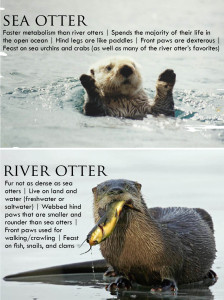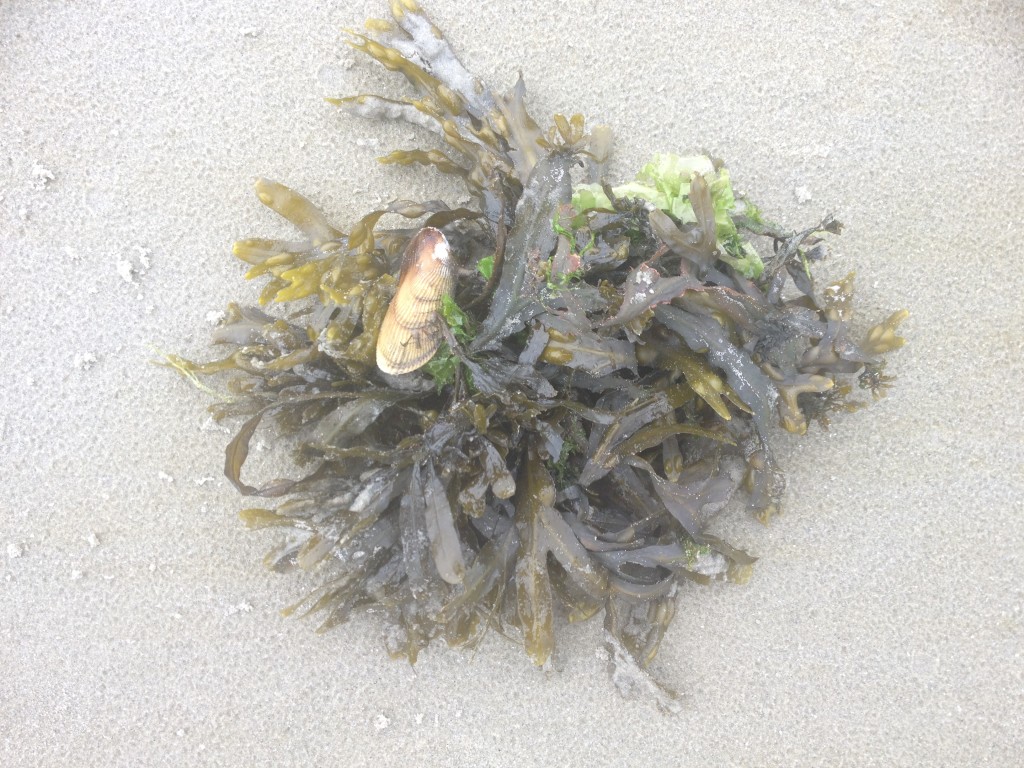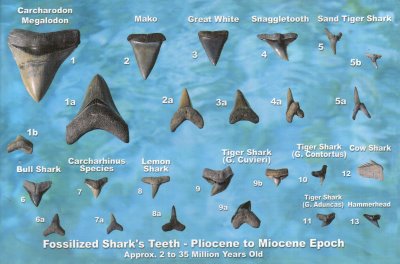A fan of Beach Chair Scientist on Facebook recently asked me to demystify a rumor she had heard. This is what she wanted to know: “I was told that over the course of a year, at least one of every species of shark can be found in the Delaware Bay. Do you know if this is true?” I asked Jim Wharton, frequent BCS guest blogger and shark expert, to tackle this one. This is his response.
Sadly, it is not true. There are at least 500 species of sharks in the ocean. They range in size from six inches to sixty feet. They can be found in water ankle deep to the abyssal depths … from the tropics to polar ice caps. To find a nexus point like this anywhere in the ocean would miraculous. Sharks are just too diverse.
Still, there are sharks in Delaware Bay. Anglers might encounter sand tigers, sandbar (brown) sharks, smooth dogfish, and spiny dogfish with other occasional visitors (including at least one record of a juvenile white shark). In fact, the National Marine Fisheries Service has identified the Bay as ‘Essential Fish Habitat’ for several species of Federally protected ‘Highly Migratory Species’ including sandbar sharks, sand tigers, and smooth dogfish. This designation recognizes the critical foraging and nursery habitat the Bay provides for these important species.
Dr Dewayne Fox’s lab at Delaware State University is working to create a conservation plan for the sand tiger sharks in the Bay. These distinctive, snaggletoothed sharks are very popular in public aquariums. Despite their fearsome appearance, they rarely interact with people. Sand tigers are top predators and represent a critical keystone species in the ecology of Delaware Bay. Dr. Fox and his students are implanting passive acoustic transmitters inside sharks to better understand their movement patterns. The transmitters emit an identifiable ‘ping’ that is collected by strategically located listening stations to help researchers track the animals in the Bay. Understanding how the sharks use the Delaware Bay is essential to identifying critical habitat for protection. You can learn more about Dr. Fox’s work here.
Sand tigers, by way, are freakish and fantastic creatures that are well-worth saving. No sharks have swim bladders, but sand tigers gulp air at the surface to make themselves neutrally buoyant. Sand tigers are one of many species that explode the myth of the shark in constant motion, frequently found lying near-motionless on the sandy bottom. Sand tigers are fish-specialists, with more-than-a-mouthful of narrow, prong-shaped teeth for grabbing slippery prey. They like to hang-out in large aggregations and may actively cooperate to herd schools of fish. Most fantastic of all…baby sand tigers are “embryonic cannibals.” Sand tiger embryos quickly exhaust their meager yolk sacs and start in on the undeveloped eggs…but they don’t stop there. The largest embryo in each uterus (yes, sharks have two) attacks and consumes its brothers and sisters in the ultimate form of sibling rivalry.
Good references for more on sand tigers:
- Castro, J. I. (2011). The sharks of North America. Oxford: Oxford University Press.
- Compagno, L. J. V., Dando, M., & Fowler, S. L. (2005). Sharks of the world. Princeton: Princeton University Press.
Thanks for sharing you knowledge, Jim! Check out his other BCS posts on sharks here.
















What people are saying …